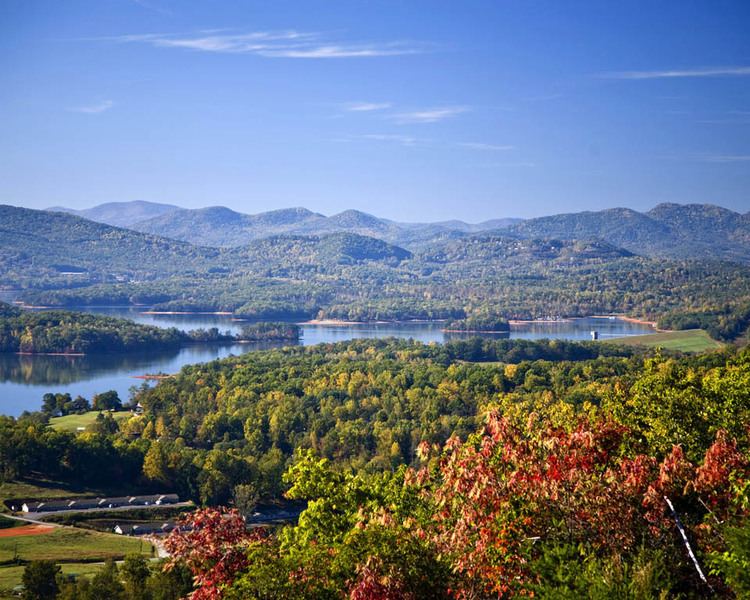FIPS code 37-30280 Elevation 577 m Zip code 28904 Local time Saturday 7:22 AM | Time zone Eastern (EST) (UTC-5) GNIS feature ID 1011930 Area 104 ha Population 338 (2013) Area code 828 | |
 | ||
Weather 10°C, Wind NE at 0 km/h, 100% Humidity | ||
Hayesville is a town in Clay County, North Carolina, in the United States. The population was 311 at the 2010 census. It is the county seat of Clay County.
Contents
Map of Hayesville, NC 28904, USA
Geography
Hayesville is located at 35°2′48″N 83°49′4″W (35.046630, -83.817883).
According to the United States Census Bureau, the town has a total area of 0.4 square miles (1.0 km2), all of it land.
The Hiwassee River flows along the outskirts of Hayesville.
History
Hayesville occupies the site of the former Cherokee town of Quanassee, which lay along the Trading Path (also called the "Unicoi Turnpike"). The road led from Quanassee west to present-day Murphy, North Carolina, then over the Unicoi Range at Unicoi Gap and down to the Cherokee town of Great Tellico (today Tellico Plains, Tennessee) (Duncan 2003:245).
The town's present day name owes to Mr. George Hayes, who was running for representative from Cherokee County in the fall election of 1860. When campaigning in the southeastern end of the county he discovered that its residents wished to separate from Cherokee County and form their own county seat. Promising to introduce legislation to this effect won him most of the area’s votes, swinging the election in his favor, and in February 1861 the legislation was introduced and passed by the North Carolina General Assembly. The county seat was thus named in his honor, while the county itself was named in honor of Kentucky statesman Henry Clay.
The town of Hayesville was incorporated on March 12, 1913. The first mayor of Hayesville was S.E. Hogsed.
Demographics
At the census of 2010, there were 311 people, 147 households, and 84 families residing in the town. The population density was 666.6 people per square mile. There were 171 housing units at an average density of 384.7 per square mile (150.1/km²). The racial makeup of the town was 99.33% White, 0.34% African American, and 0.34% from two or more races. Hispanic or Latino of any race were 1.35% of the population.
There were 147 households out of which 21.1% had children under the age of 18 living with them, 39.5% were married couples living together, 12.9% had a female householder with no husband present, and 44.9% were non-families. 42.9% of all households were made up of individuals and 19.0% had someone living alone who was 65 years of age or older. The average household size was 1.99 and the average family size was 2.73.
In the town, the population was spread out with 20.5% under the age of 18, 8.1% from 18 to 24, 23.6% from 25 to 44, 23.2% from 45 to 64, and 24.6% who were 65 years of age or older. The median age was 43 years. For every 100 females there were 85.6 males. For every 100 females age 18 and over, there were 77.4 males.
The median income for a household in the town was $20,000, and the median income for a family was $30,938. Males had a median income of $21,667 versus $16,500 for females. The per capita income for the town was $12,281. About 7.7% of families and 14.7% of the population were below the poverty line, including 7.4% of those under the age of eighteen and 8.2% of those sixty five or over.
Nearby cities
This diagram has a radius of 30 mi (48 km) Hayesville.
